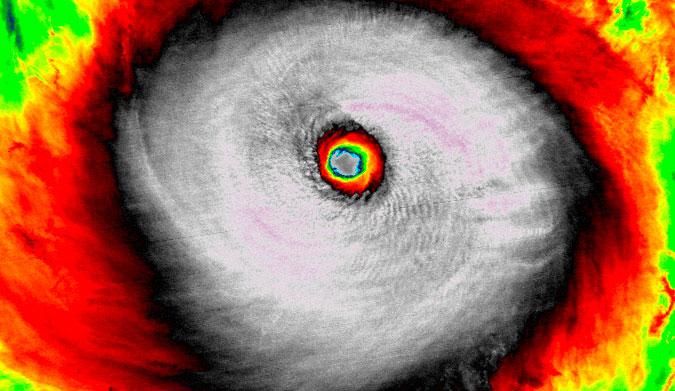Not many people know what ‘ghost fishing’ is. It sounds scary and in fact is; but not for the reasons you might think.
Ghost fishing is when lost or discarded fishing equipment just keeps on catching fish. The caught fish die and attract more marine life to their death. This endless circle of destruction can go on for decades.
In a recent report by Emily Rose Nelson of the R J Dunlop Marine Conservation Program she stated that something like 640,000 tons of fishing gear is lost or discarded at sea every year.
I did most of my marine research in northern Australia and we had teams working in the Gulf of Carpentaria; one of the country’s most productive fishing grounds. During a large scale beach clean-up 5,491 ‘ghost nets’ were collected. These are nets that washed ashore and don’t count many more entangled on the seabed. Carcasses and skeletons still in the nets showed that 80% of their catches were marine turtles. Of the 7 species, 5 are “endangered” or “critically endangered” and the other 2 are listed as “vulnerable” by the IUCN.
Further analysis revealed that the risk of entanglement was related to the number of ‘ghost nets’. As the deadly nets increase in numbers so too will the catching of marine turtles. Protecting turtles through legislation is of little benefit if their environment is laced with hazards they have no understanding of.
Here in the Andaman Sea most of the marine turtles are gone. Harvested for food and killed in trawling operations. But those few that survive and offer a small chance of population recovery face ‘ghost fishing’ on a mammoth scale. Fishing pressure is much higher in S E Asia than in northern Australia. There are no seasonal closures and fishermen discard enormous quantities of netting.
There isn’t a coral reef without bundles of net entwined in the coral and an invitation to the unsuspecting marine life. But it isn’t only fishing nets that kill the unsuspecting sea turtles. Fishermen throw lots of plastic into the sea. In the Andaman Sea, salt is used to hold the catch and the large white, plastic salt bags can be found floating everywhere.
Discarded plastic ‘shopping’ bags floating in the ocean resemble jellyfish, a common food of sea turtles. If a turtle eats plastic, it tends to clog the turtle’s digestive system and results in the animal dying a slow and probably painful death. There have been many cases of turtle dissection showing plastic and other debris inside their stomachs and intestines.
When I worked with fishermen I saw lots of waste discarded overboard; they said there wasn’t enough room aboard to take it back to land. Surprisingly, they had enough room to bring it out with them. The price of being lazy and uncaring about our world is the loss of marine life in staggering proportions. If we continue this way we will have little to save and even less to fish for.
Many thanks to ghostfishing.org for some of their photos.




